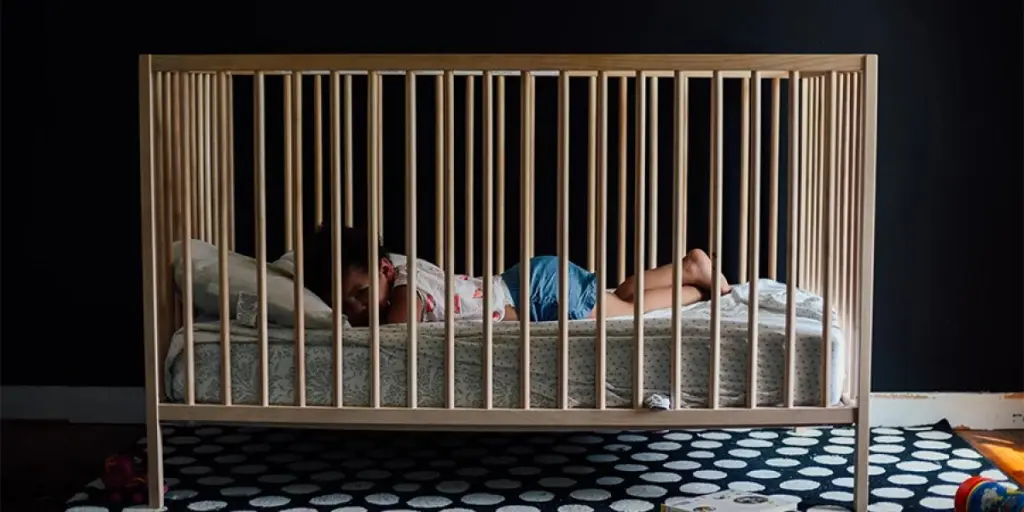Parents often make it a top priority to provide a comfortable and safe sleeping environment for their babies. However, each parent tends to have different specifications, making the kid’s crib business slightly tricky.
Nevertheless, businesses can leverage this complexity by offering various types and shapes to meet different standards. They can also consider multiple factors before stocking up on baby cribs.
This buying guide will provide retailers with all the necessary details to help them make an impact in the kid’s crib market.
Table of Contents
Seven factors to consider before purchasing baby cribs
Four crib types parents will love
What is the potential of the kid’s cribs market?
Concluding words
Seven factors to consider before buying baby cribs
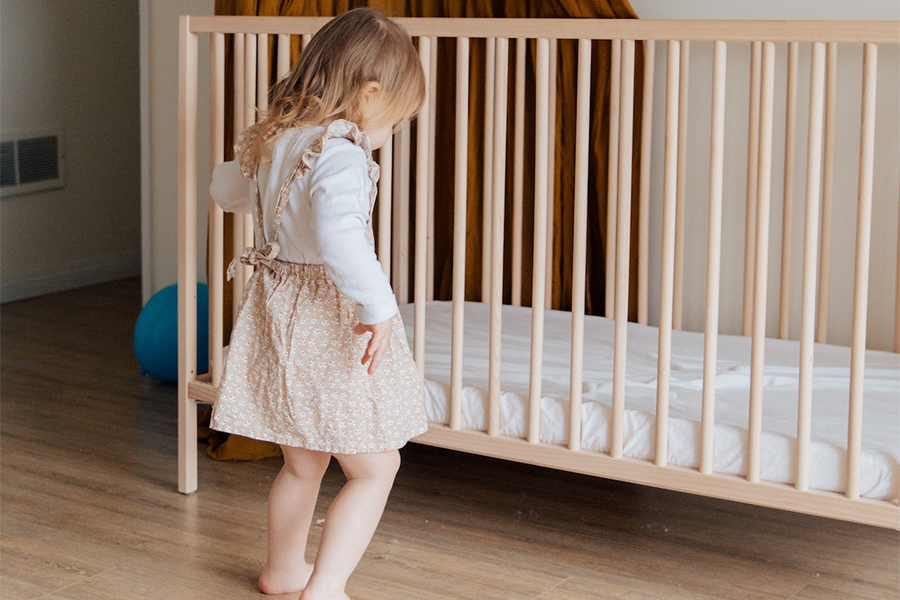
Features
Consider what consumers expect from a crib. Most variants present numerous options, from models that have stationery designs to types standing on wheels. Interestingly, some cribs grow with the child, while others come with an added changing table.
But that’s not all. Retailers may invest in hybrid cribs. For example, they can opt for convertible variants equipped with wheels.
Consumer’s available space
Most consumers search for cribs based on their measurements and how much space they have. In response, businesses offer various types to accommodate different size requirements. However, take note that frames and external measurements may also affect the size of the cribs.
Generally, combo cribs require the most space, while portable cribs offer the smallest footprint. In addition, convertible variants are somewhere in between the combo and portable cribs.
Usually, combo cribs come with built-in changing tables, which helps to increase their space factor. However, many consumers consider them space-saving baby cribs since they take up less space than separate changing tables and cribs.
Consumers without enough room area for a full-size crib will demand mini models. Mini cribs are similar to standard-sized variants but in smaller dimensions. Hence, retailers can stock up on mini portable, convertible, and combo cribs.
Crib’s shape
Retailers can purchase cribs in various sizes, particularly rectangular and oval. Cocoon-like (or oval) round cribs are rare and many consumers consider them stylish and unique. Despite how safe and cute they are, not all parents will want them.
Oval cribs look better in big nurseries where they stand out as the room’s centerpiece. They won’t squeeze into the corner like rectangular cribs. In addition, oval cribs require special add-ons like matching mattresses and sheets, making them more expensive deals.
Consider opting for rectangular-shaped cribs since they’re more common and appeal to a wider audience. Rectangular mattresses and sheets are also more widespread and would appeal to most consumers, especially variants with eye-catching and baby-compatible prints and designs.
Mattress size and type
Different cribs can accommodate various mattress types and sizes, giving consumers many options. Retailers can profit from the kid’s crib business by stocking up on mattresses that fit their crib offers.
When investing in crib mattresses, one of the first things to do is choose between innerspring and foam variants. Then, retailers can opt for extra functions, like dual-sided crib mattresses that grow with the crib.
Interestingly, full-size cribs use standard-size mattresses. According to U.S. regulations, standard-size cribs should be 52⅜± ⅝ inches in length by 28± ⅝ inches in width. In addition, standard crib mattresses must be a minimum of 27¼ inches by 51⅝ inches and have nothing more than a 6-inch thickness.
In contrast, mini crib and mattress sizes can vary, making it necessary for businesses to tread carefully when investing. Mini cribs often measure 38” by 24” inches, and most mini mattresses follow those measurements.
Mattress support
Sturdiness and support are other key factors sellers must consider before purchasing baby cribs. Businesses can choose between cribs with metal bars, metal frames (with spring wires), wooden slats, or board support.
Consumers may gravitate toward cribs with wire spring mattress support because they offer the sturdiest base and better support for jumping toddlers. In addition, businesses can capitalize on models with adjustable mattress support.
Not only is this feature more appealing, but also allows consumers to move from the highest setting for newborn babies to lower ones as the kid grows. Interestingly, kid cribs often offer two to five adjustments, but it depends on the model.
Retailers can focus on cribs with two to three-three layer mattress support, as most parents are comfortable with such models.
Consumers’ height
While standard cribs work for taller consumers, businesses can offer low-profile cribs for shorter parents. Such designs feature minimalistic frames and short legs, which makes them easier to access.
In addition, low-profile cribs don’t compromise baby safety as they offer similar mattress-to-railing heights. However, their shorter legs and unique frame reduce the overall length, making it easy for shorter parents to reach their kids.
Safety measures
Retailers must avoid stocking up on cribs that fall below safety standards—regardless of features and designs. Generally, cribs manufactured before July 2011 are red zones because they don’t meet the stricter safety standards set by the CPSC (Consumer Product Safety Commission).
One crucial banned feature to watch out for is dropping side cribs. The design led to many injuries and even a few deaths, making such models unacceptable for retail. Instead, sellers can opt for models with sturdy frames, safety features (railings, etc.), adequate mattress support, and adjustment.
Four crib types parents will love
Standard cribs
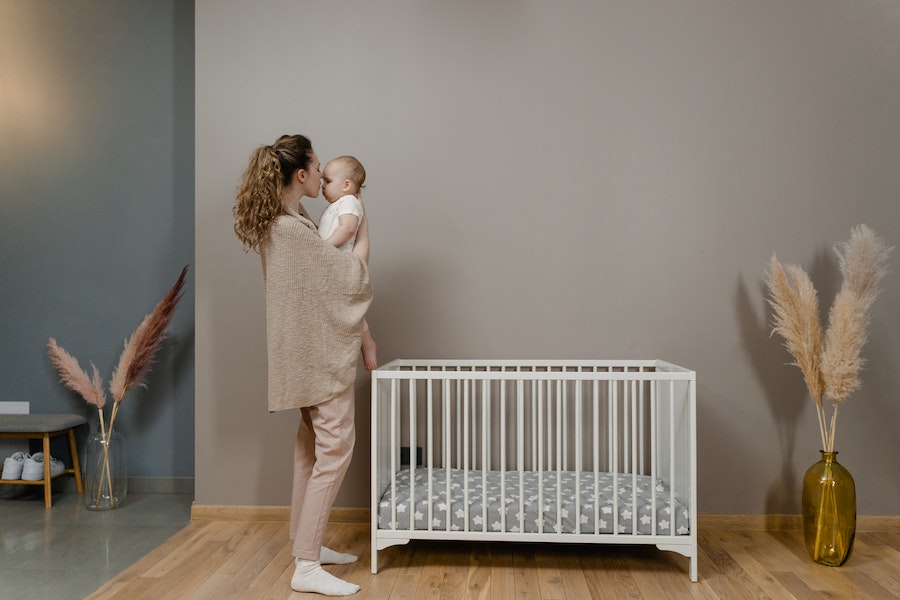
Standard cribs are the regular models without fancy features. They don’t have wheels, additional storage underneath, or even convert. In addition, these cribs are safe and incredibly affordable.
Although they have some appealing benefits, most parents tend to shy away from standard cribs. They’re slowly withdrawing from the market since other cribs with extra features are dominating sales. Nevertheless, parents with a thing for vintage items and basic designs will love these crib types.
Extra storage cribs
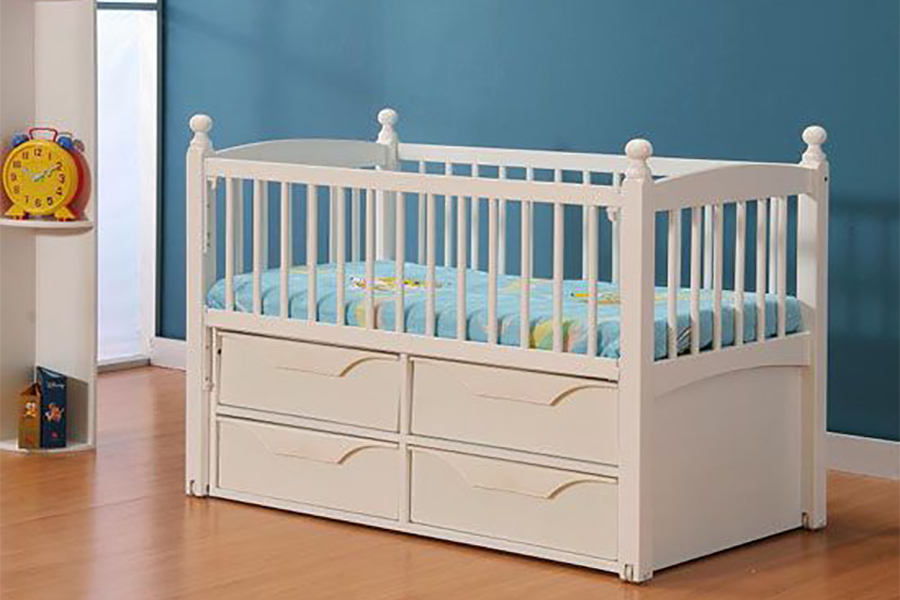
As the name implies, extra storage cribs come with extra compartments for consumers having space issues. Sellers may offer three models, including cribs with built-in trundle drawers under the mattress area, an attached changing table, or under crib drawers and changing tables.
Portable cribs
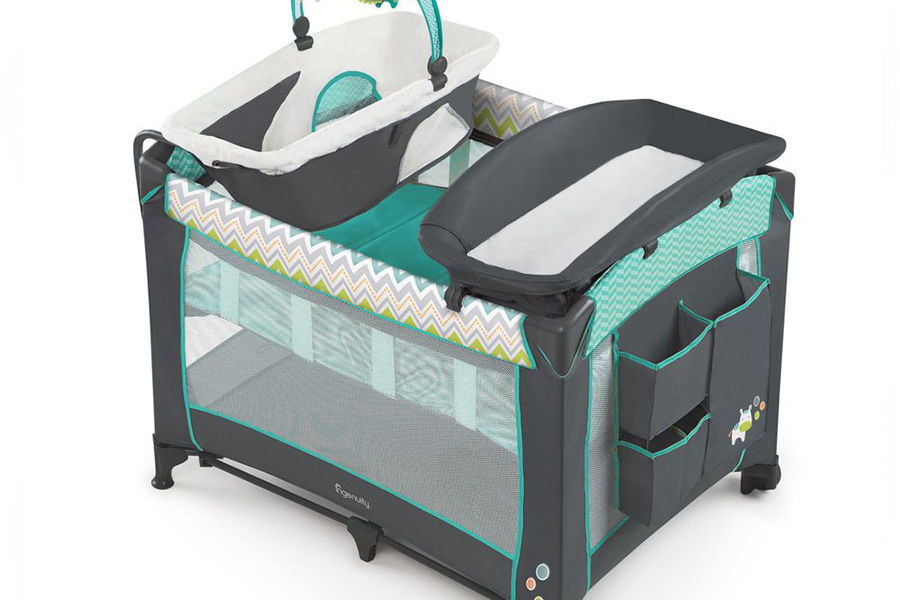
Portable cribs are variants that are incredibly easy to move around. More importantly, they serve as a category consisting of diverse products ranging from models with home-tied portability to cribs consumers can carry on trips.
These kid’s cribs can feature metal, wooden, or acrylic frames that balance on wheels. Businesses can stock up on portable models in full- or mini-size. Some variants may even offer foldable features for easy storage.
Convertible cribs
Convertible cribs can grow with the baby due to their incredible versatility and long-term use. Interestingly, they’re widespread in the crib market and can evolve to accommodate one or several larger beds.
Usually, these variants have up to three categories that offer varying numbers of conversions. Retailers may offer 2-in-1 convertible models (crib and one bed), 3-in-1 convertible variants (crib and two beds), and 4-in-1 convertibles (crib and three beds).
What is the potential of the kid’s cribs market?
Experts predict the world baby crib market will grow to $1.67 billion by 2025 at a CAGR of 4.6% over the forecast period. The industry’s potential is attributable to the increasing popularity and usage of baby care items like cribs, strollers, and monitors.
Technological advancements also help drive this market’s growth by creating innovations—like the converting crib. The rising disposable incomes and standard of living also help drive opportunities for sellers in the kid’s crib industry.
The convertible crib product segment shows the highest potential by accounting for the largest share of the global market (over 53%) in 2018. Experts expect the segment to register steady growth from 2019 to 2025.
In 2018, North America emerged as the dominant region, accounting for over 32% of the global market. According to research, the region will hold its dominant position and steadily expand over the forecast period. Asia Pacific is expected to register the fastest CAGR from 2019 to 2025.
Concluding words
Baby cribs are witnessing increased traction as more parents prioritize baby safety. Interestingly, the market is booming with retail opportunities due to technological advancements and the rising consumer interest and standard of living.
Convertible cribs show the highest potential due to their versatility and long-term use. Portable cribs make moving around the house or traveling with babies easier, while models with extra storage help consumers with space problems.
Lastly, standard cribs may not be as widespread as the others but will thrive as a niche item. Businesses can follow this purchasing guide for an increased market presence and sales.
